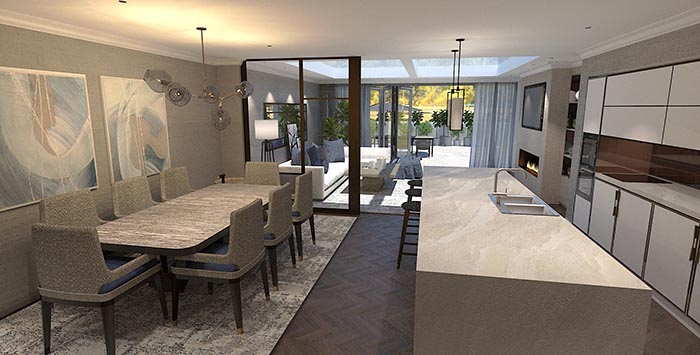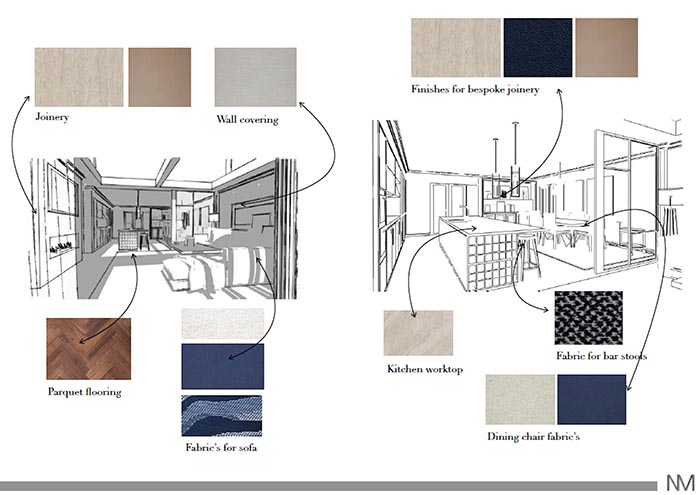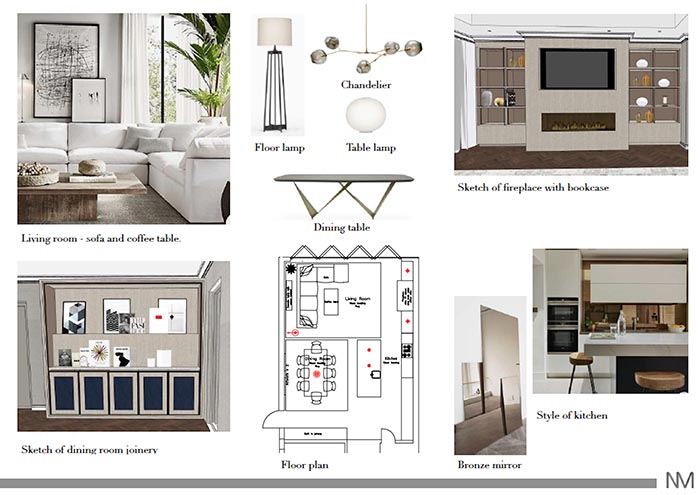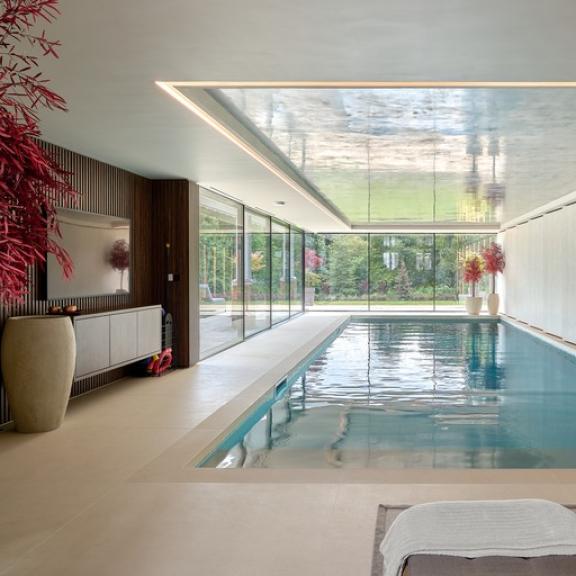How to Design Remotely
Lockdown demanded new ways of working, including designing at a distance. We take a look at how it might be achieved
The restrictions of lockdown and the requirement to work from home where possible profoundly affected what interior designers were able to do. Yet client demand didn’t go away and, for many designers, even grew as householders became dissatisfied with how their homes were functioning once every member of the household was present most of the time, and they had the need to work and, for many, school children within their walls.
Read more about how lockdown has changed people’s views of their homes
New services
For some interior design professionals, remote design became a solution to the restraints of lockdown, allowing them to continue working with existing clients, and to take on new ones. One of the designers who introduced this new way of practicing is BIID Associate Natasha Meechan.

For Natasha, remote design is something she had always considered, but the lockdown created the moment to promote the service. ‘Technology has allowed us to connect with people via video without, necessarily, meeting in person,’ she explains.
The way of working Natasha introduced during lockdown isn’t temporary nor restricted to projects conducted entirely remotely.
‘We shall definitely continue with this new process we've adopted, whether or not we are meeting clients in person, because we've found that the detailed process and 3D renders make for such fantastic communication,’ Natasha says.
‘Everyone can see clearly what they are getting and every person who is involved with the project is fully briefed and aligned from the beginning. There are also real cost efficiencies in the e-design process, as everyone can see the vision come alive prior to the installation.’
Working remotely has also offered the opportunity to attract new clients. Natasha says,‘The projects I usually undertake are full refurbishments, with new bathroom, kitchen, joinery etc. E-design will attract clients who may just want one room in their house redesigned with minimum disruption.
‘For example, designing a room or a space in the house for a home office. There are so many ways of designing a home office with clever storage that can be done easily through the process of e-design. I also envisage that advances in technology will open up a lot more global opportunities in the industry.’
Remote design process
How could remote design work for your practice? We asked Natasha to share an example of one of her projects:
The client’s brief
To design an open kitchen, living and dining area.
Tones of beige, brown and splashes of blue.
E-design consultation stages
- Zoom client and have a video walk through of their home and discuss the brief in more detail.
- Client takes dimensions and photographs of room to be designed.
Designer draws up initial floor plan and mood board which reflects the client’s brief.


- Zoom client and sign off the initial floor plan.
- Discuss options for kitchen, joinery, furniture, floor and wall finishes, art and accessories.
- Designer sends samples of fabric and finishes for client to approve.
After various emails and sketches the designer has sent through the client approves the design along with finishes and fabrics.

Designer issues final mood boards, along with rendered views of the room for client’s final approval.

- When the client approves the design, they receive a ‘shopping list’ of items to review. When approved the designer places the order.
- Kitchen and joinery company do a site visit for final/accurate dimensions and video the designer if necessary.
- All wearing appropriate PPE. Designer liaises with suppliers on production of furniture.
- Installation. Use a small team to install kitchen, joinery and furniture while the client is not in the property.
Launch a remote design service
If you haven’t contemplated e-design before, the time could be right to introduce it as an alternative service. Featuring it prominently on your website, and promoting it via social media posts, newsletters and other client communications will all contribute to spreading the word.
And because it may appeal to homeowners who haven’t used an interior designer before, it’s worth spelling out the process explicitly to help give these first-timers a thorough understanding of what they can expect from an interior design project, and how it can benefit their homes, along with detailing the stages involved.
For more advice on using social channels, take a look at our resource on how to use social media to win clients.
Explore new resources from the BIID. Seeing a padlock? Just login or become a member to view.
View the highlights from our 60th anniversary party
We asked Anna Burles: What makes the perfect software?
Discover the smart home technology awards with Platinum Partner, CEDIA
Explore the latest, member-exclusive, templates designed to make your life easier.
University of Gloucestershire wins the BIID Student Design Challenge 2025.





